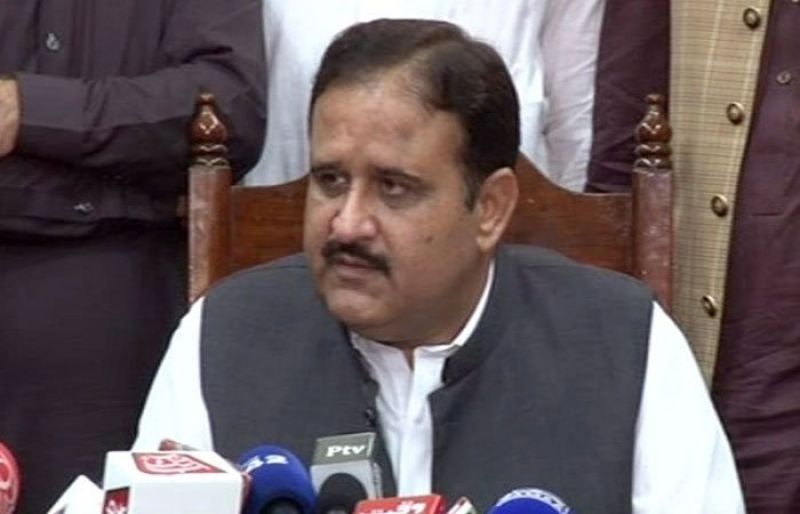MAKKAH: More than two million Muslims from around the world began the Hajj pilgrimage at Islam’s holiest sites Wednesday, a religious duty and an epic multi-stage journey.
This year sees pilgrims from Iran return to Makkah in Saudi Arabia after a hiatus following a diplomatic spat between the regional rivals and a deadly stampede in 2015.
It also comes with the Gulf mired in a major political crisis that has seen thousands of faithful who would usually make the journey from neighbouring Qatar stay away.
On the esplanade of Makkah’s Grand Mosque, the excitement was palpable as crowds from all four corners of the world gathered for a pilgrimage that all able Muslims are required to perform at least once in their lives.
Tidjani Traore, a public servic
e consultant from Benin, said he was on his 22nd pilgrimage at the age of 53.
“Every time, there are new emotions,” he said. “There are new innovations for organising and hosting th
e pilgrims. Now, for example, the tents are air-conditioned.”
Wearing the simple garb of th
e pilgrim, the faithful waited at dawn with their suitcases for buses to take them to Mina five kilometres to the east. There, hundreds of thousands gathered before setting off on Thursday at dawn to climb Mount Arafat, the pinnacle of the Hajj.
First, however, they must perform a ritual walk known as the tawaf seven times around the Kaaba.
“I still have to finish the tawaf!” said a breathless Nour, 30, from Saudi Arabia as she rushed past without stopping. Sitting on a folding chair in the middle of the esplanade, Risvana cradled her six-month-old baby who is accompanying her on th
e pilgrimage.
“I’ve planned everything for him,” said the young mother, pointing to a bottle of water in her bag.
Saudi authorities have mobilised vast resources including more than 100,000
security personnel to avoid a repeat of the stampede in 2015 in which nearly 2,300 people were killed. Iran alone reported 464 deaths – the highest toll among foreigners.
Riyadh and Tehran cut ties months later, after the execution of a Shia cleric in Saudi Arabia s
parked attacks on Saudi diplomatic missions in Iran.
Iranian pilgrims were absent from last year’s Hajj for the first time in decades after the regional rivals failed to agree on
security and logistics. On the esplanade of the Grand Mosque, Saudi authorities had placed misting fans to take the edge off the intense heat. On the eve of the first rites of th
e pilgrimage, the walkways thronged with people and the smel
l of musk wafted through the air.
Sitting in the shade of trees or reinforced concrete bridges, the faithful waited patiently for the next call to prayer.
Others continued their march, protected by a prayer mat or a small umbrella fixed on the head with an elastic band. Several times throughout the day, well-run teams of employees, mostly Asian, cleaned the esplanade with jets of water.
As the hour for prayer arrived, a young woman sat at a table in an ice cream shop and prayed, her hands crossed on her knees.
A few paces from the Kaaba, Egyptian pilgrim Fatiya Taha could not hide her joy.
At 67 the oldest in her group, she sat in her wheelchair in Islam’s most holy spot. “I’ve been looking forward to this pilgrimage for four years,” she said.
Published in Daily Times, August 31st 2017.












